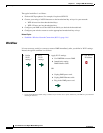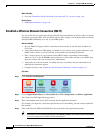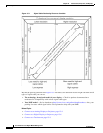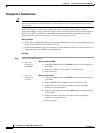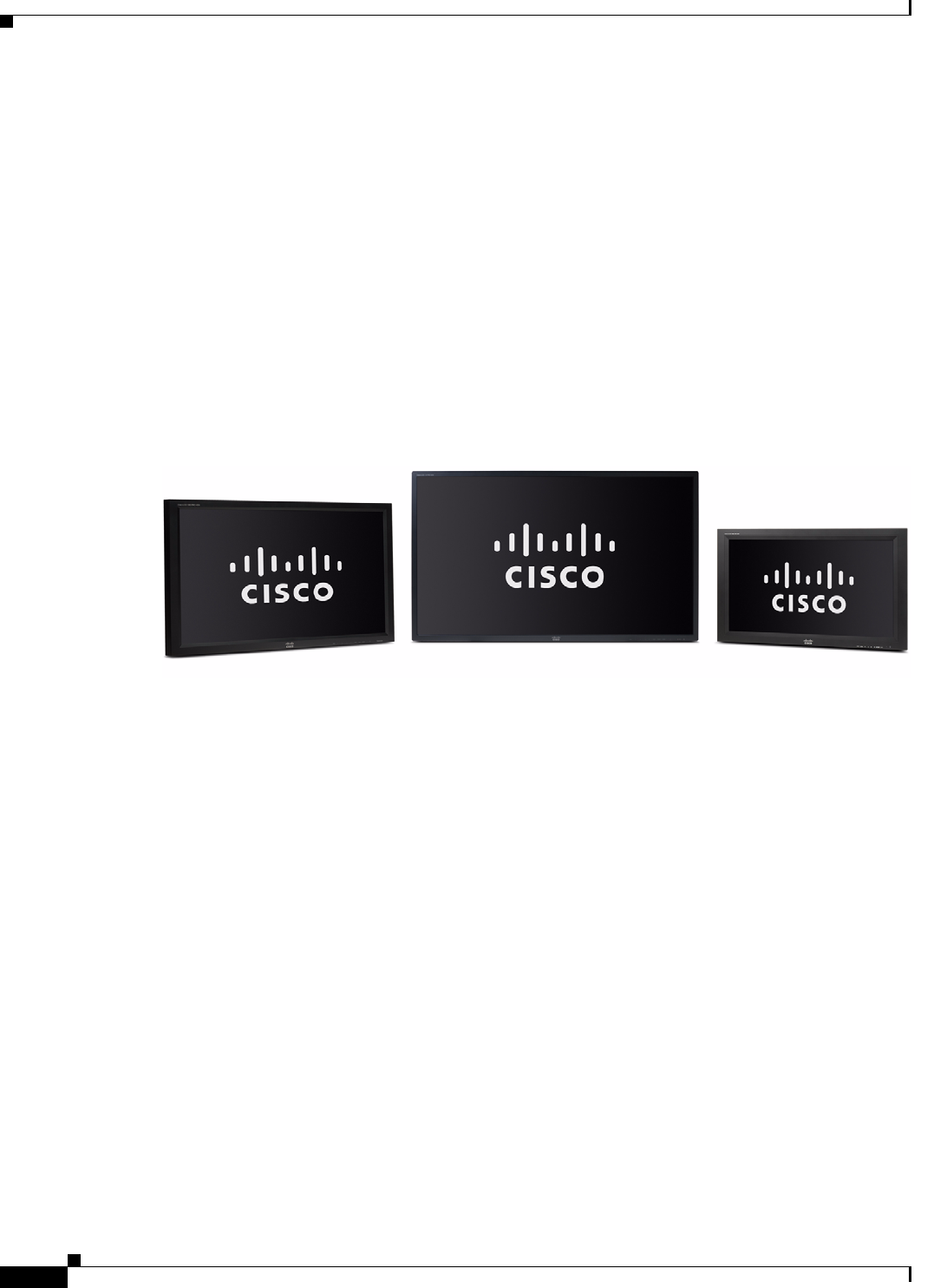
15-2
User Guide for Cisco Digital Media Manager 5.4.x
OL-15762-05
Chapter 15 Touchscreens, Projectors, and Displays
Concepts
Our centralized management features help you to manage a global IP network of digital signs for any
purpose—in conference rooms, public venues, or executive offices.
Presentation System Concepts
•
Understand Which Displays Work Best with DMPs, page 15-2
•
Understand How to Choose Media Signal Cables, page 15-3
•
Understand and Prevent Image Retention (Burn-in), page 15-5
Understand Which Displays Work Best with DMPs
We certify that DMPs work as designed with Cisco LCD flat-screen displays. All displays in this series
are engineered for intensive use in public settings. See their technical documentation (CSCti35199) at
http://cisco.com/en/US/products/ps10099/tsd_products_support_series_home.html.
In most cases, DMPs can use displays that comply with modern, international standards. We recommend
the following if you must use a third-party display.
• Digital, not analog.
• High-definition, not standard-definition.
• Professional-grade, not consumer-grade.
Digital signs and public IPTV installations run many more
hours each day than a consumer-grade display is engineered to run. A consumer-grade system is
likely to fail years sooner than a professional-grade system would under these circumstances.
• LCD, not plasma.
Digital signage uses static images more often than it uses full-motion video. Most
often, content is web-based or animated in Flash. The nature of these media types means that some
pixels are not updated frequently in digital signage. LCDs are less susceptible to burn-in than plasma
displays are. Even though image persistence is sometimes a problem on LCD displays, it is almost
always self-correcting and is unlikely to occur when you follow manufacturer guidelines for
managing your displays correctly.
• Built-in support for RS-232 signalling.
This recommendation is important in direct proportion to the
number of displays that you will manage.



